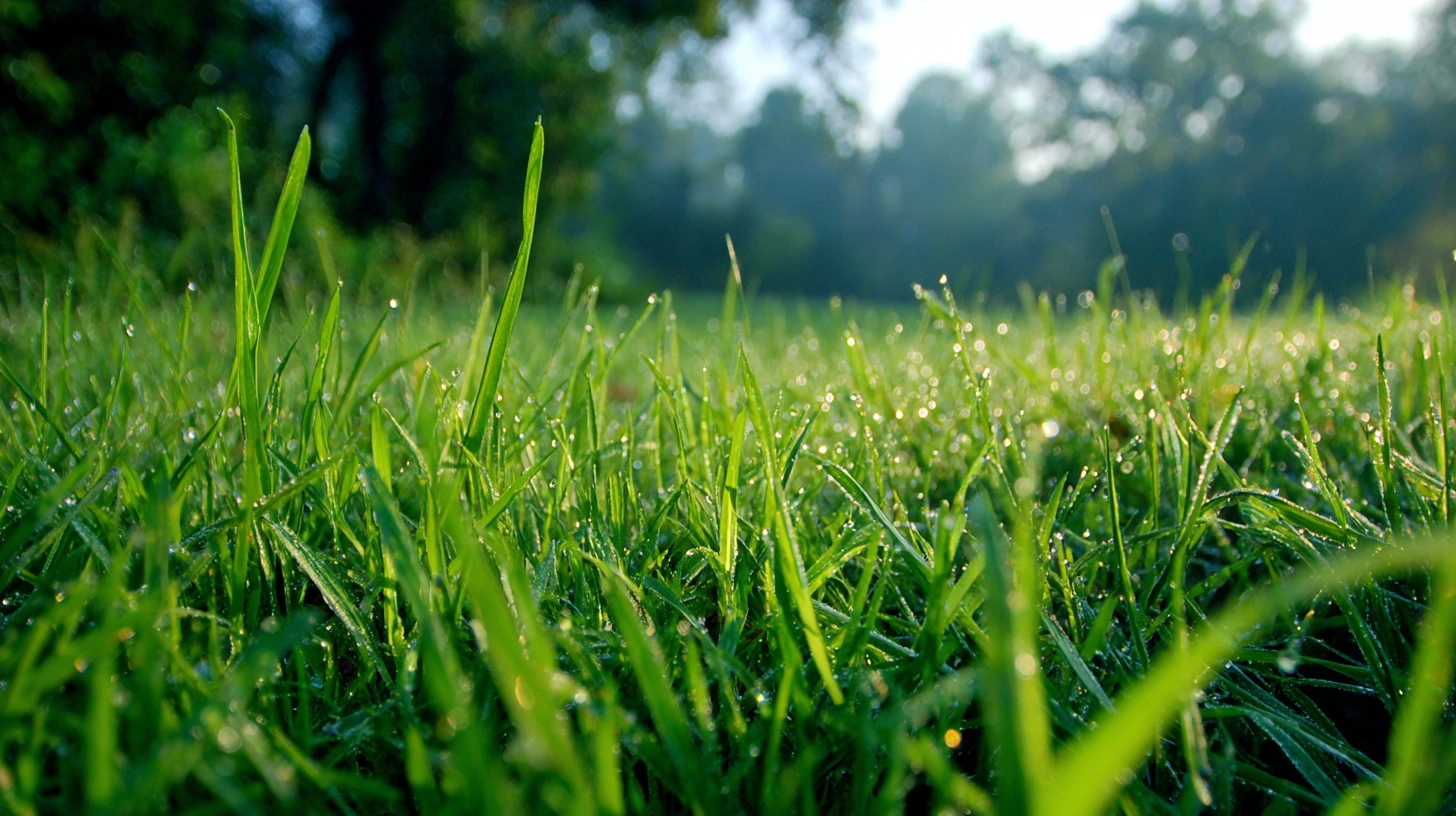Responsible Pesticide Use for Southern Warm-Season Lawns

Learn how to diagnose lawn issues and apply pesticides responsibly in Southern warm-season lawns using IPM to protect beneficials and avoid resistance.
Responsible Pesticide Use for Southern Warm-Season Lawns
Introduction
If you're tending a lush Bermuda or Zoysia carpet down here in the South, you know our high heat and humidity can turn your lawn into a battlefield. Too often, homeowners grab broad-spectrum insecticides or fungicides "just in case," only to find stressed grass, fewer helpful microbes, and pests coming back tougher than ever. I've seen it time and again: more chemicals don't equal a better lawn--they often backfire.
In this guide, you'll learn how to bring responsibility back into pesticide use. We'll break down how to properly diagnose issues, why cultural practices beat chemical overkill, and how to apply treatments safely and legally across Texas, Louisiana, Oklahoma, Arkansas, and New Mexico. By the end, you'll feel confident protecting your warm-season turf with precision--no guesswork or wasted sprays required.
Problem Identification
Over-applying pesticides can do more harm than good. When you slather on fungicides or insecticides without a clear diagnosis, here's what you risk:
- Soil imbalance. Up to 90% of soil fungi are beneficial, boosting nutrient uptake and suppressing pathogens.1
- Beneficial insect loss. Predators like ground beetles or pollinators get wiped out, leading to pest outbreaks.
- Resistance build-up. Pests like chinch bugs in the Southeast have evolved resistance to repeated insecticide doses.2
- Thinner turf. A weakened microbial community means poorer soil structure and reduced fertility.
Causes and Contributing Factors
Understanding why we reach for the sprayer can keep us from repeating old mistakes:
- Misidentification. A brown patch might be fungal, insect damage, or simple drought stress. Applying the wrong chemical won't fix it.
- Preventative sprayers. "I'll spray every spring to stay ahead", but skipping identification only hurts beneficials.
- Cultural slip-ups. Mowing too low, watering at night, or over-fertilizing set the stage for disease.
Solutions and Treatments
Integrated Pest Management (IPM) Approach
IPM lawn care puts good practices first and chemicals last. Here's your playbook:
- Monitor. Walk your lawn weekly, especially during late spring to mid-summer humid peaks.
- Identify. Compare symptoms to extension resources or send samples to your local university extension office for a definitive diagnosis.
- Cultural controls. Adjust mowing height (1-1.5" for Bermuda; 2.5-3" for Zoysia), water deeply in the morning, aerate when soil compacts, and dethatch if necessary.
- Selective treatment. Only apply a pesticide when you've confirmed a pest or disease, and choose a product labeled for your specific issue.
Diagnostic Steps
- Record symptoms. Yellowing, chewed turf blades, wilt patterns, note what you see and when.
- Sample collection. Clip affected grass and soil samples into a sealed bag, label with date and location, then ship or bring to an extension lab.
- Reference reputable guides. Websites like your state extension's pest ID pages can help distinguish chinch bug damage from fungal injury.
Ready to transform your lawn?
Get personalized AI guidance for the perfect lawn. Download Grassmaster Gus now!
Prevention Strategies
Great cultural habits can reduce the need for chemicals by up to 80%:
- Mow on schedule and vary mowing patterns to prevent soil compaction.
- Water once or twice a week at first light, deep soaks encourage strong roots.
- Fertilize based on soil test results, not a fixed calendar.
- Plant disease-resistant cultivars when renovating, such as improved Zoysias or Centipede strains.
- Landscaped borders with clover or native wildflowers invite pollinators and predators.
Timing and Application Guidelines
When you must spray, timing makes or breaks effectiveness:
- Wait for calm weather. Avoid high wind, rain forecasts within 24-48 hours, or midday heat above 85 degreesF.
- Follow the label. Never exceed recommended rates or application intervals.
- Target hotspots. Spot-spray affected areas instead of blanketing the entire lawn.
- Record treatments. Keep a simple log: date, product, rate, and weather conditions.
Safety Considerations
Even "general use" pesticides carry risks, respect them:
- Wear gloves, goggles, long sleeves, and pants when mixing and applying.
- Observe re-entry intervals and heed "bee hazard" icons on labels.
- Store chemicals locked away from children and pets.
- Dispose of unused product or containers according to local hazardous waste guidelines.
Conclusion
Using pesticides responsibly means taking a step back and letting good management lead the way. By leaning on IPM, accurate diagnosis, and targeted applications, you protect the beneficial organisms that make your lawn thrive and avoid the headache of resistant pests. Next time brown spots or chinch bugs rear their ugly heads, you'll know exactly how to handle them: with precision, care, and exactly the right tool for the job. Your Southern warm-season turf will thank you for it.


